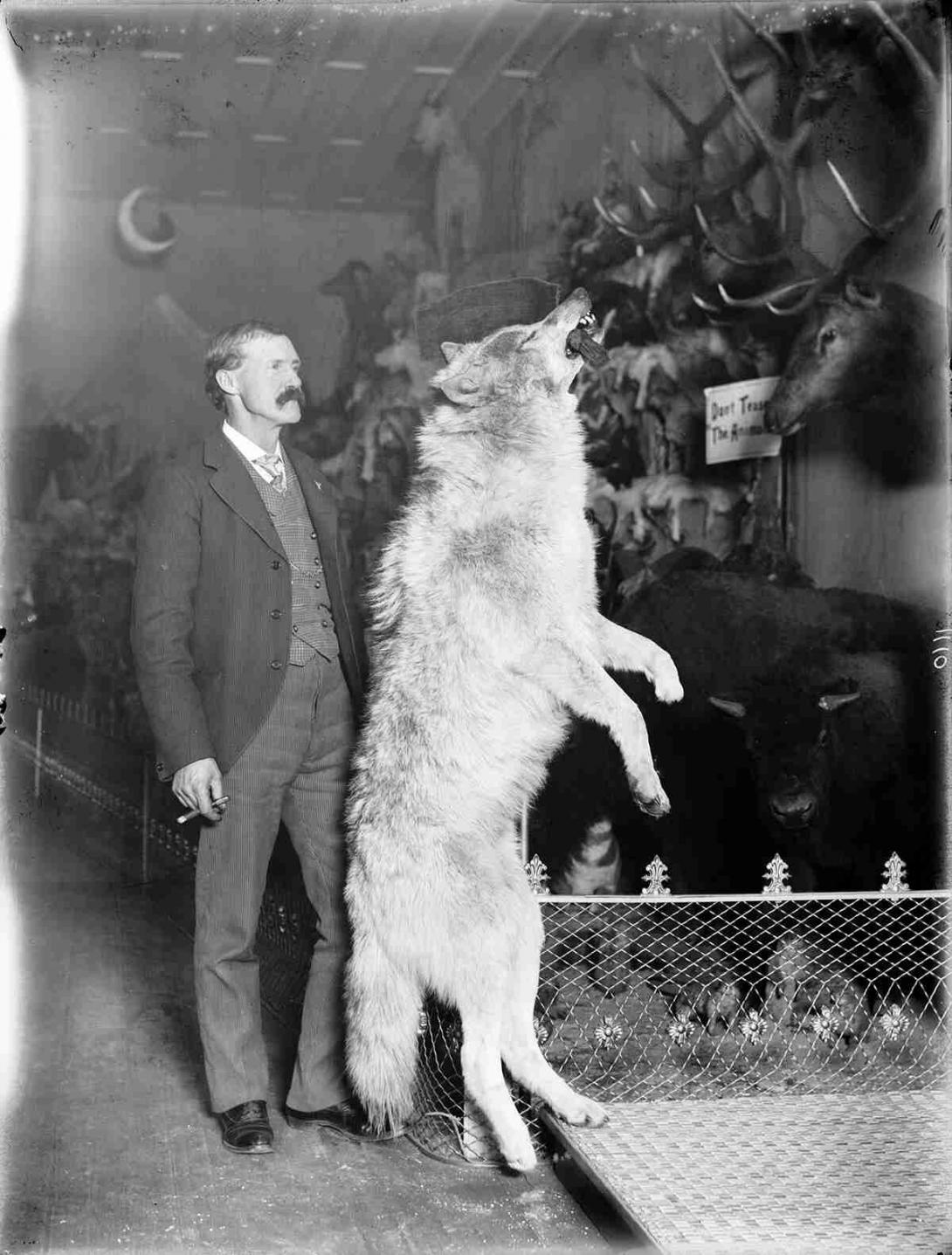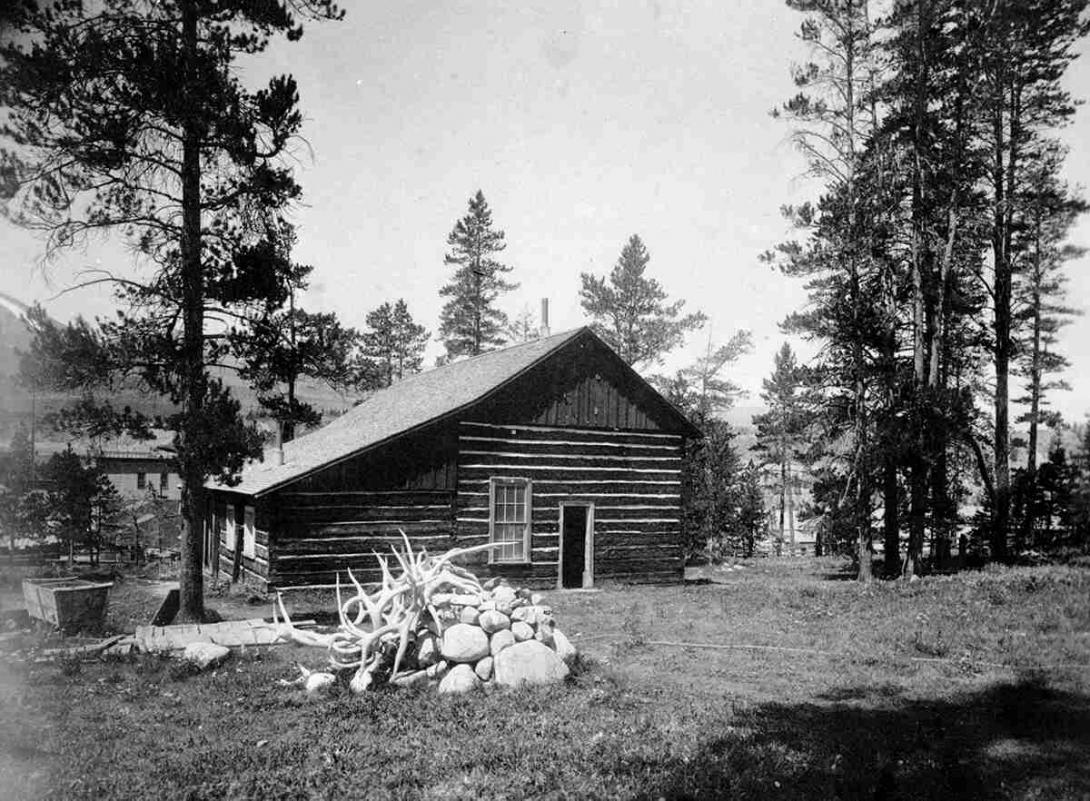Edwin Carter
Full Article
Edwin Carter (1830–1900) was a prospector turned naturalist whose Colorado wildlife collection became the founding exhibit of the Denver Museum of Nature and Science (DMNS). Originally from New York, Carter prospected in the Rocky Mountains during the 1860s, but he quickly gave up mining to collect specimens of Colorado fauna. He was one of the first to document the harmful effects of gold mining on the environment. Today, the Edwin Carter Legacy Society, a group of museum patrons, ensures that Carter’s passion for Colorado wildlife continues to inspire the modern DMNS.
From New York to the Rockies
Edwin Carter was born in Greene County, New York, in 1830. In his teens, he learned taxidermy from a Scottish mentor, and at the age of eighteen he left for Council Bluffs, Iowa, where he worked as a clerk. Ten years later, in 1858, Carter and his friend Charles Page joined the Colorado Gold Rush. They prospected in Russell Gulch, near present-day Central City, before moving on to Leadville in 1860. Carter eventually settled in Breckenridge, where he built a cabin and made buckskin clothing for local miners.
Naturalist
Producing buckskin clothing put Carter back in touch with nature, his first love, and by 1868 he gave up mining for naturalist pursuits. During the harsh Rocky Mountain winters, when few dared to go out, Carter would load up a sled with food and blankets, take his dog Bismarck, and search for animal specimens. He collected and documented everything from squirrels and birds to grizzly bears and bison, but had to sell a good deal of his early specimens to keep funding his work. Over the next three decades he amassed more than 3,000 specimens.
Carter was a meticulous collector. In a 1929 memorial column, wildlife biologist Frederick C. Lincoln wrote that Carter’s specimens were renowned for their “scientific accuracy.” Indeed, as Lincoln noted, each specimen “was carefully labeled” with “the numbers corresponding to the data slips which constituted his catalogue.” Carter prepared his specimens with such care that they remained useful to scientists like Lincoln decades later.
Denver Museum
By the early 1890s, the quality of Carter’s collection drew the attention of a group of Colorado citizens intent on opening a natural history museum in Denver. Well into his sixties at that time, Carter expressed hopes that his collection would someday be in a museum. In 1899, as Carter’s health began to fail, the museum group paid Carter $10,000 for his entire 3,300-piece collection. Among his most significant specimens were extensive butterfly and moth collections, as well as pieces of crystallized gold. Hoping to recover at a lower elevation, Carter moved to Galveston, Texas, but passed away there in 1900 at the age of seventy.
Carter’s collection enabled the museum group officially to establish the Denver Museum of Natural History, now known as the Denver Museum of Nature & Science. The museum opened its doors in 1908.
Legacy
In addition to being one of Colorado’s earliest professional naturalists, Edwin Carter was one of the first to document the harmful effects of gold mining on the environment. While exploring the mountains he routinely found animals poisoned by mercury, which early miners used to separate gold. He also encountered odd mutations, such as a two-headed bison calf and a six-toed bobcat, which are attributed to acid mine drainage, a process by which liquefied metals leach into the environment from abandoned mines.
The cabin where Carter prepared most of his early specimens is located at 111 N. Ridge Street in Breckenridge; it now houses a small museum where visitors can get a firsthand feel for the nineteenth-century exploits of the famous naturalist.
Today, nature lovers, wildlife biologists, and environmentalists all owe a debt of gratitude to Carter, whose love of nature transcended his desire for material gain and helped birth one of Colorado’s most beloved cultural institutions.





























